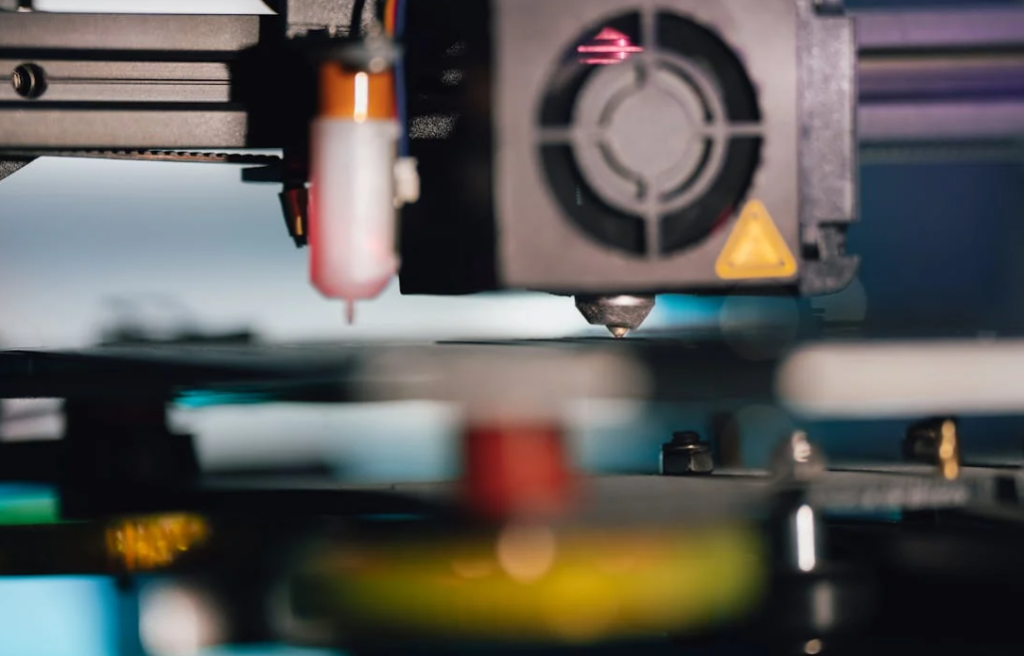3D printing, also known as additive manufacturing, creates three-dimensional objects from a digital model by building up layers of material one at a time. The process starts with a digital design, which is then sliced into thin layers that the 3D printer can interpret and create.

The 3D printer deposits material layer by layer. It usually starts from the bottom and works upwards, until the final object is complete. The material used in 3D printing can vary depending on the specific printer and application, but common materials include plastics, metals, ceramics, and composites.
3D printing has several advantages over traditional manufacturing techniques, such as creating complex and intricate designs, reducing material waste, and lowering costs for producing small quantities or custom parts. It has applications in various industries, including aerospace, automotive, healthcare, and consumer products.
AI can be used to improve the accuracy and speed of 3D printing in several ways:
- Design optimization: AI can be used to optimize the design of 3D printed parts to ensure that they are printed accurately and efficiently. AI can suggest changes to the design that will improve its accuracy and reduce printing time.
- Material selection: AI can help in selecting the appropriate material for 3D printing based design requirements. This can result in better quality prints and faster printing times.
- Support structure optimization: AI can be used to optimize the support structures used in 3D printing. AI can suggest the most effective support structures to ensure that the model is printed correctly.
- Real-time monitoring and adjustment: AI can be used to monitor the printing process in real-time and adjust settings. As needed to ensure that the print is accurate and efficient. This can lead to fewer errors and defects and faster printing times.
- Quality control: AI can be used to detect defects in 3D-printed parts. It makes adjustments to the printing process to ensure that the final product meets the desired specifications. This can improve the overall quality of 3D-printed parts and reduce the need for post-processing.
Overall, AI can play a significant role in improving the accuracy and speed of 3D printing. It leads to better quality prints, faster production times, and increased efficiency.

Leave a Reply